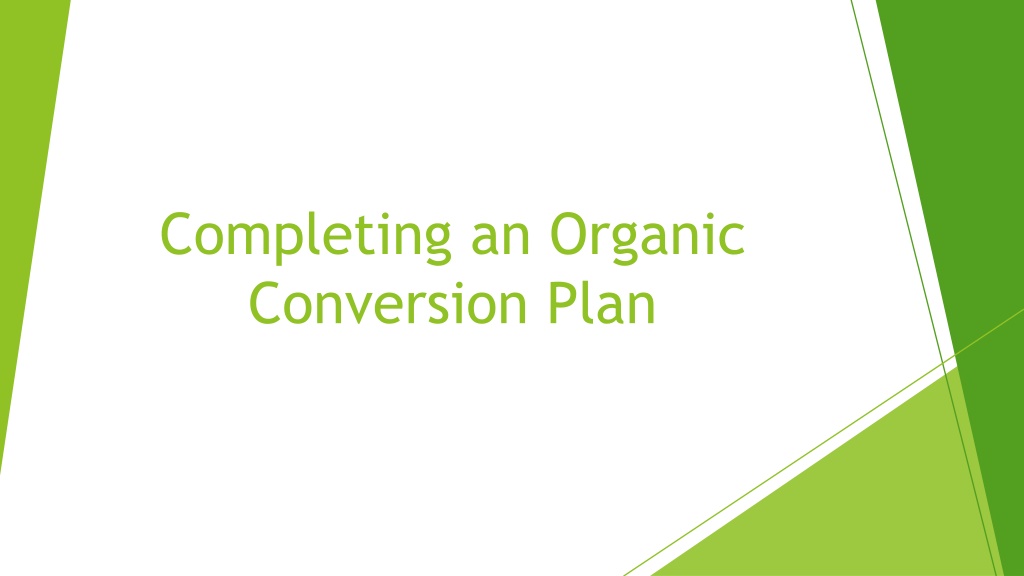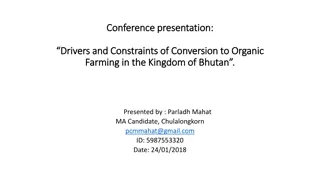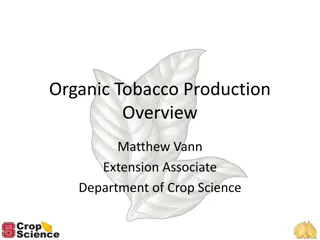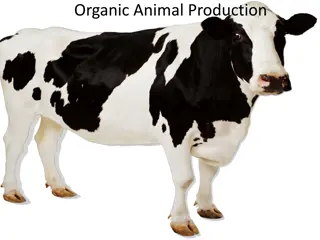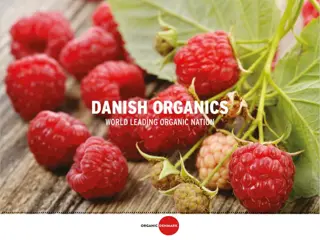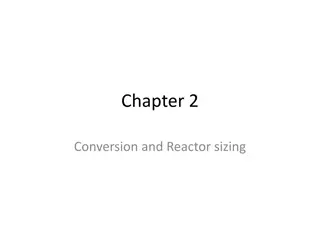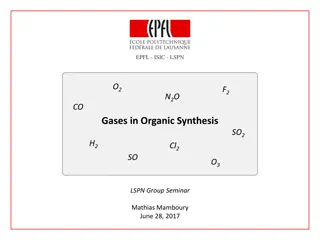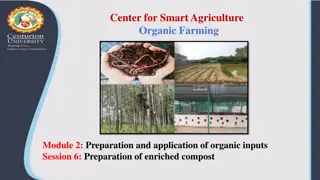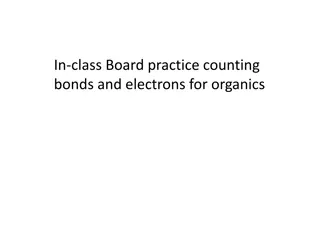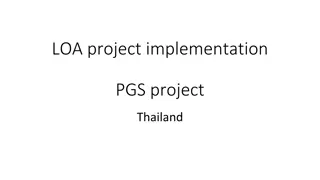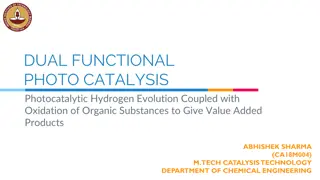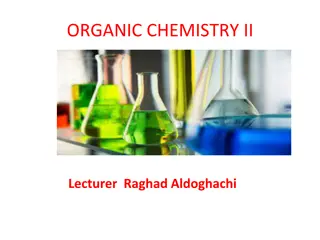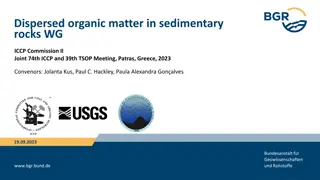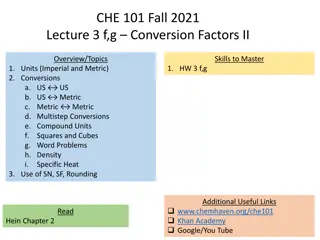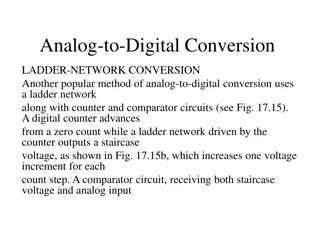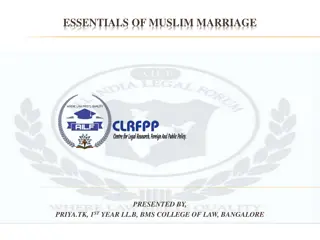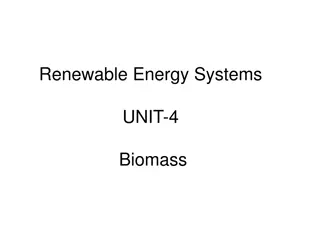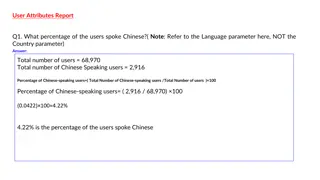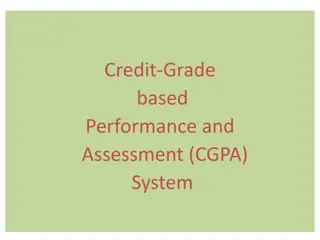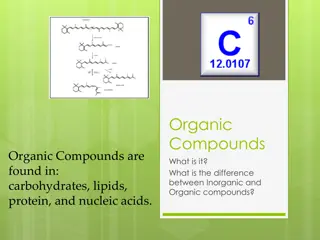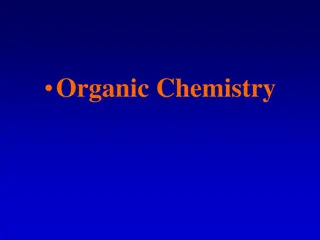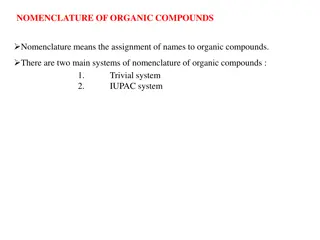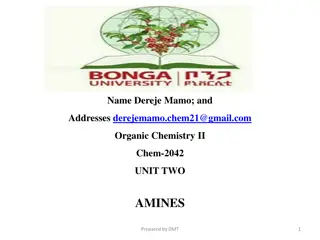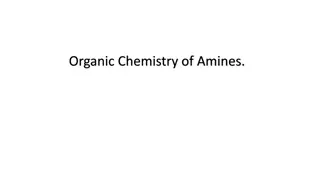Organic Conversion Plan Essentials: A Comprehensive Guide
Understanding the key components of an organic conversion plan is crucial for effective management of agricultural holdings. Explore the characteristics of the holding, enterprise details, and future management strategies outlined in the plan to ensure a smooth transition to organic production. Accurate information on past, present, and future management practices, as well as details of the enterprise and soil analysis, are essential for a successful organic conversion.
Download Presentation

Please find below an Image/Link to download the presentation.
The content on the website is provided AS IS for your information and personal use only. It may not be sold, licensed, or shared on other websites without obtaining consent from the author. Download presentation by click this link. If you encounter any issues during the download, it is possible that the publisher has removed the file from their server.
E N D
Presentation Transcript
Completing an Organic Conversion Plan
Components of a Conversion Plan A conversion plan is made up of three broad components. How the holding has been managed in previous years Past How the holding is being managed currently Present How you envisage the holding being managed going forward in organic production Future
Characteristics of the holding Characteristics such as the physical layout of the holding. Area being entered into conversion marked on clear eligible BPS maps. Soil type, drainage, topography, aspect, areas of conservation value eg: wetlands, woodlands etc. Every holding across the country is made up of characteristics that set it apart from everything else. No two holdings are the same therefore no two conversion plans are the same. Some of the best conversion plans received are from the operators themselves as they know their holding better than anyone else. The conversion plan should contain details on the following characteristics of the holding. Known disease potential on the holding eg: blackleg, TB, crop diseases. Known soil/mineral deficiencies backed up with recent justifications/ soil analysis for the holding. Current fertility levels of the holding, P,K and Lime.
Accurate details about the enterprise your converting to organic production is an essential element of the conversion plan Details such as livestock on farm (types, breeds, numbers,) and/or crops grown on farm (tillage, horticulture) are all required to get a full accurate image of the holding. Enterprise Details Infrastructure such as animal housing, polytunnels, grain storage should be sketched out and attached to the conversion plan. Details of current cropping/rotation schedule should be supplied alongside how these rotations will help maintain and enhance soil fertility.
It is important to have details of future management in the conversion plan. Management in conversion and in organic production Detail how current/future enterprises will be managed to the organic standards. Careful management of the holding when it begins its two year conversion period will be required to ensure a seamless conversion period from conventional to organic production. The more information that is suppled in an organic conversion plan, the easier it will be to manage the holding to the correct standards going forward. Provide accurate land area figures as per BPS mapping. Provide up to date soil analysis for the land area entering conversion to organic production. Provide details of future cropping/rotation schedule for the area which crops will be sown. Provide grazing plan/rotation for livestock including areas for fodder production.
Details of source of supplementary feeds for livestock and where these will be sourced. Include Management in conversion and organic production Supporting veterinary justifications required such as letters, blood analysis, faecal analysis to show the need for vaccines, dosing requirements, mineral usage. Provide Details of how to make animal housing compliant including source of bedding material required. Provide Details of Restricted Veterinary Practices that will be carried out on the holding on an annual basis. Submit
Conventional Enterprises Should you only be converting part of your holding to organic production, details must be included in your conversion plan as to how organic and conventional enterprises will be maintained clearly separate. Clear segregation will need to be ensured at all times so there is no risk of substitution between organic and conventional produce. Separate housing/storage facilities will need to be ensured so livestock/produce can be clearly identified. Details of land being omitted from organic production need to be clearly identifiable by map attached to the conversion plan.
